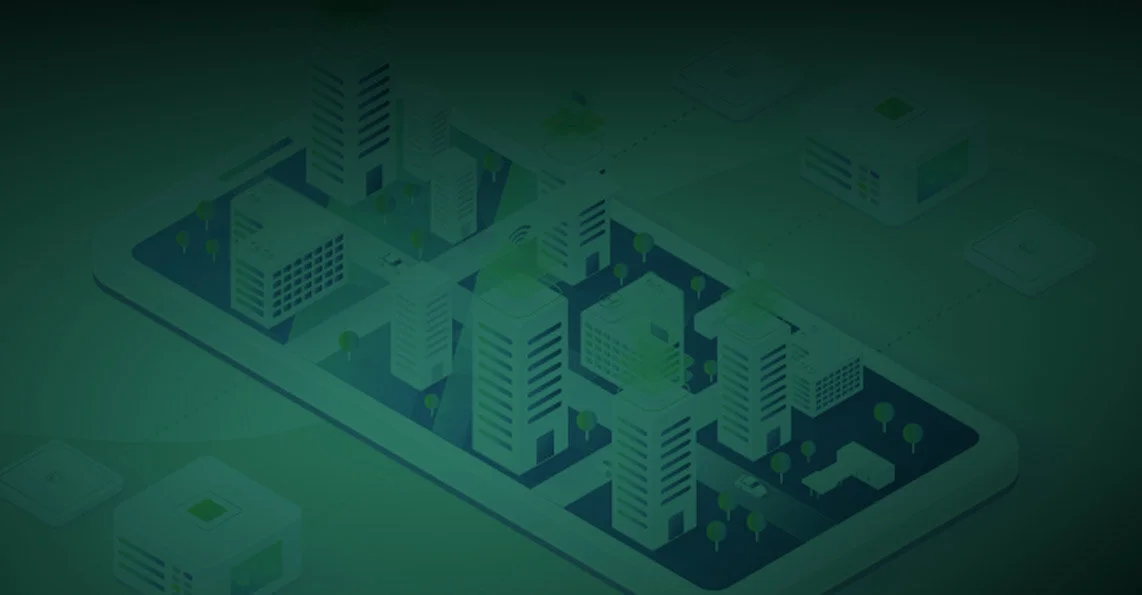Remote Management & Operational Resilience
Introduced in the recently released Digital Asset Strategy (VDAS), the Victorian Government’s Virtual Buildings Information System (VBIS) is an application agnostic open standard that facilitates asset classification and easy access to asset information that reside in different commercial applications used to operate facilities. Being an open standard, VBIS provides the ability to link together data sets without the need for API development.
A VBIS Enabled Ecosystem is a collection of commercial applications that has the asset information classified and accessible using the VBIS standard. VBIS enables the user to collectively take advantage of functionality available in commercial applications. This is done by first providing consistency to how assets information is classified within each application and then providing the means to link data related to specific assets that are located in disparate applications. An ecosystem comprising of an Asset & Maintenance System, Virtual Tour & Document Management System links together key asset information which provides the means for remotely completing activities that in the past required a site visit.
A VBIS Enabled Ecosystem comprising of a virtual walk through of the facility, maintenance system and document management system allows the user to virtually navigate to assets and access information such as maintenance records, datasheets, schedules, drawings, reports, warranty information, risk assessments and permit requirements.
Take measurements remotely from within the virtual walk through model.
This provides benefits such as:
1. Ability to share all relevant details with technicians visiting site. Such as exact location of assets, way finding and all asset information is available prior to arriving at site.
The location of the asset, how to navigate to it and all required documentation can be securely shared without the need for site attendance or briefing sessions.
Enhances accuracy of quotations as the contractor is able to access detailed information and carry out measurements remotely.
2. Ability to mitigate risk by making risk assessment, permit and compliance requirements and documentation available for contractors and mapped to the areas applicable in the facility.
Staff and contractors have clarity on specific process, procedure, risk and safety requirements associated with the asset and area they are accessing.
The required paperwork is available ahead of site attendance.
Clarity of requirements reduces the risk of a false start or revisit.
3. Reduce time taken to conduct jobs and time on site. The contractor is aware of the exact requirement through the visualisation and site information. They would know exactly what to expect and complete reviews and relevant paperwork before attending site.
Virtual representation via the 3D walk through plus the linked asset information enables accurate planning of site works and ensures no surprises.
Activities that can be completed offsite can be maximised ahead of the site visit.
Reduce the likelihood of rework or revisits being required.
4. Reduce the number of people required to attend site by making information available virtually.
Information required to provide a quote for works can be shared digitally avoiding a site visit.
Information available virtually for some level of remote diagnostics.
5. Streamline new staff and contractor induction requirements and site familiarisation.
All required facility information can be provided through provisioning secure access to the ecosystem.
Ability to provide same consistent information to all required personnel.
Ability to walk through the facility remotely and gain familiarisation of the space and assets.
Accessing digital information such as drawings, schedules and SWMS from the virtual walk through at Holmesglen TAFE HVAC Centre of Excellence.




